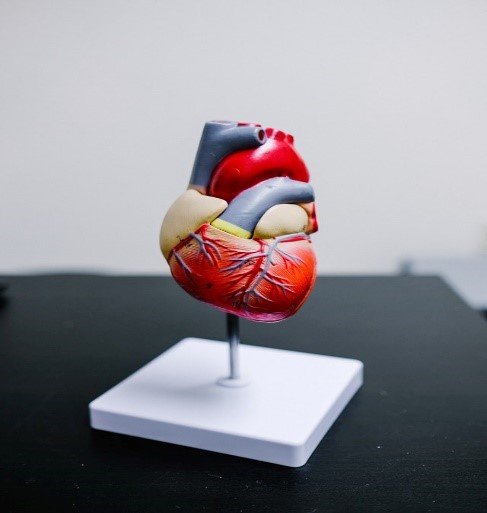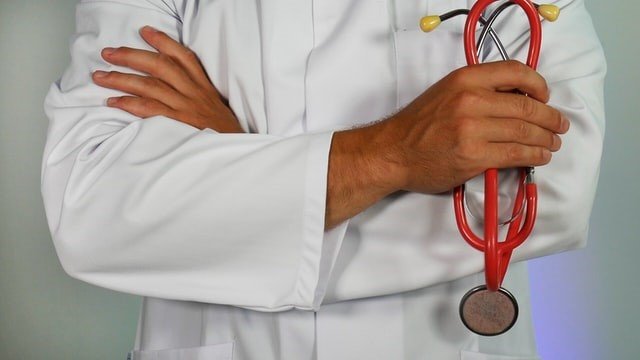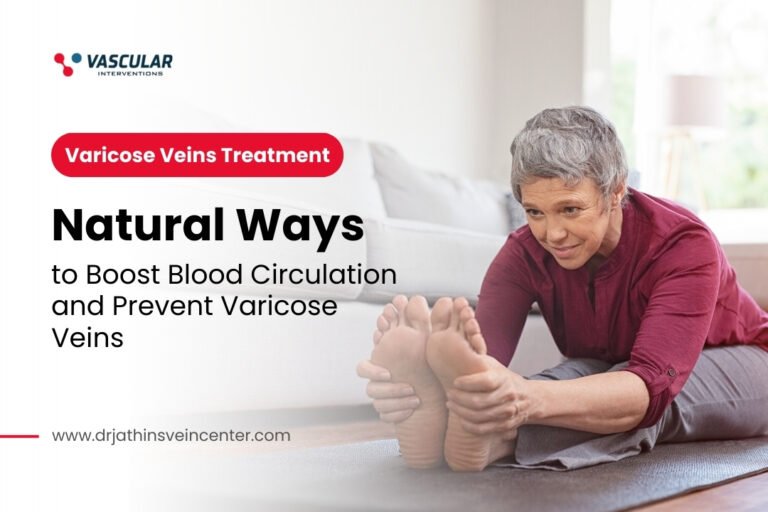What is a Varicose Vein?
A varicose vein is a swollen and twisted vein. It can be found in the leg or other parts of the body.
Varicose veins are usually caused by high pressure in the veins, which causes blood to flow backward and pool in the veins. As a result, it stretches and weakens those tissues until they become enlarged with blood.
Varicose vein symptoms may include swelling; pain; burning sensation; discoloration (usually blue, purple, or brown); skin dimpling; and heaviness.

Those who experience any of these symptoms should consult their doctor for an evaluation and diagnosis, as the risks of ignoring them are too great.
If left untreated, varicose veins can lead to serious complications such as deep venous thrombosis (DVT), venous ulcers or blood clots, and other conditions. But with the help of a few simple treatments and precautions, patients can live active lives without discomfort.
What Causes Varicose Veins?
Varicose veins are a common problem that can occur from either too much pressure on the veins or from a genetic weakness in the vein walls. Varicose veins can be caused by a variety of factors, but people with occupations that involve standing for long periods of time are at higher risk.

Varicose veins develop when the valves in the veins cannot prevent blood from pooling. The condition is common, affecting about a quarter of adults over 40. Varicose veins are more common in women and those who are overweight or pregnant. This may happen if you have a condition such as obesity, pregnancy, or an increase in age. It also happens if you have had an injury to your leg or if you have been standing for long periods of time.
Treatments for Varicose Veins and the Related Consequences
Varicose veins are a common ailment that many people suffer from. The best treatments are often based on the severity of the problem. For light cases, traditional medicines or sauna treatments may be enough to alleviate the symptoms. For more severe cases, surgical procedures may be required to remove or repair veins in order to alleviate discomfort and prevent future problems.
The traditional treatments consist of anti-variance medication that is designed to reduce the pressure in the veins. This will help to resolve some of the related consequences. It is also recommended to use a sauna treatment for varices which will help release toxins from the body and provide relief during the treatment process.
Doctors can help you understand the risks and benefits of surgical procedures. They can also help you decide on what kind of treatment you want as well as any possible side effects.
Varicoceles- A Male Problem Too!
A varicocele is a dilation or enlargement of the pampiniform plexus within the spermatic cord. With a varicocele, blood vessels in this area of the testicle swell and can even kink. This leads to a reduction in blood flow to the testicle and subsequently less oxygen.
A varicocele is a condition that can affect male fertility. This condition is caused by an abnormal tangle of blood vessels that send blood flow to the testicle. Varicoceles are usually found on the left side but can be present on both sides. In most cases, treatment is not necessary as it resolves itself or is benign.
Varicoceles are abnormal veins in the scrotum that are more commonly found in men than women. They are also known as varicoceles or varicose veins. Men may suffer from these issues without even knowing it because the symptoms are not always present. This may be due to the lack of symptoms among male sufferers and because most general practitioners are not trained in how to diagnose or treat these conditions.
Save Yourself from the Painful Consequences of Varicose Veins By Using These Proven Solutions
Varicose veins are a common condition that can affect both men and women. They occur when the veins in the legs, especially those in the thighs, become enlarged or twisted. Although they are not usually serious or life-threatening, they often cause pain and discomfort, as well as redness and swelling.
Varicose veins are a common occurrence in people who have been on their feet all day. They are annoying and uncomfortable, but luckily there are treatments available to help get them under control. One treatment for varicose veins is the use of compression stockings. These stockings help get the blood moving up to your heart which improves circulation and reduces swelling in your legs.

There are a number of treatments available for varicose veins. One treatment includes injecting a drug called sclerotherapy into the vein to shrink it. It’s painless and the effects of the injection will last as long as two years. Surgery may be an option for people who don’t want to put up with these painful consequences any longer.




